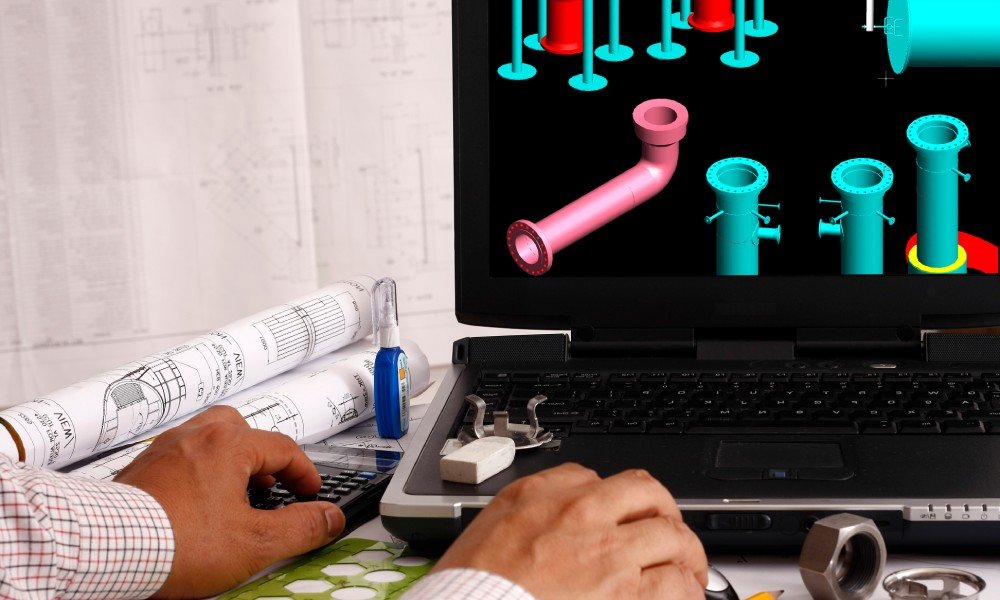When engineers design a piping system for a building, plant, or other industrial facilities, they must consider numerous factors. Failure to account for certain considerations may mean the final product will not operate as long as needed or be too complex to maintain. Read on to learn several important tips for designing a piping system to ensure yours meets the functional requirements.
Learn the System’s Purpose
You should start this process by learning the purpose of your piping system. Determine whether it will transport water, gas, steam, or chemicals, as each substance has unique requirements.
Knowing the system’s purpose also allows you to make informed decisions in relation to pressure ratings, temperature tolerances, and flow rates. This foundational knowledge sets the stage for a successful project and minimizes the risk of costly errors.
Pick an Appropriate Pipe Material
Selecting the right pipe material is also crucial since it will help ensure the system’s longevity and allow it to perform as needed. Common materials include stainless steel, carbon steel, PVC, and copper. Each offers its own set of specific benefits and drawbacks.
If you use stainless steel pipe, you should find that it protects against rust but comes with a high cost. PVC is more affordable and lightweight but may not withstand high temperatures or pressures. Evaluate the advantages and limitations of each material in the context of your system’s requirements to make the best choice.
Be Aware of Conflicts in the Location
Another important tip for designing a piping system is to be aware of any structural conflicts in the space where you plan to install the pipe. Before finalizing the piping layout, assess the site for potential obstacles, such as existing utilities, structural elements, or restricted access areas.
With the help of 3D modeling technology, you can address these issues early on. Proactive planning ensures smoother installation and fewer disruptions during construction.
Carefully Choose the Right Pipe Supports
It is also essential to choose proper pipe supports, as they help maintain the integrity and functionality of the system. But picking the wrong ones can result in damage to the support and pipe itself.
For example, a common cause of pipe support failure is the application of buffers that increase the risk of corrosion. Instead, focus on using supports that will extend the piping’s lifespan.
Ensure Workers Will Be Able To Maintain the Pipes
Engineers can often overlook maintenance accessibility during the design phase, leading to long-term operational challenges. Design the piping system with future maintenance in mind to ensure workers can easily access valves, fittings, and other critical components. That will help keep the system running efficiently.
Keep these suggestions in mind so that you can create a robust and efficient piping system. By doing so, you will set the stage for a successful project and a piping system that will last a very long time.
